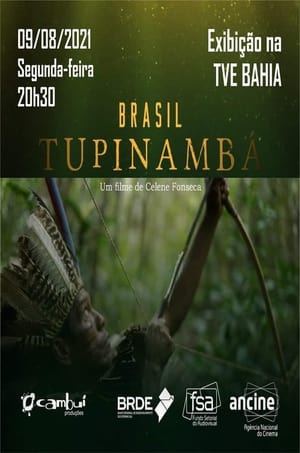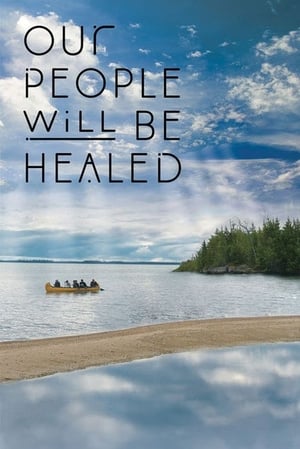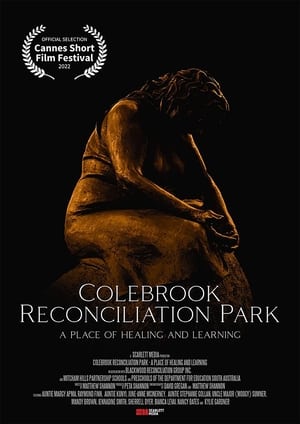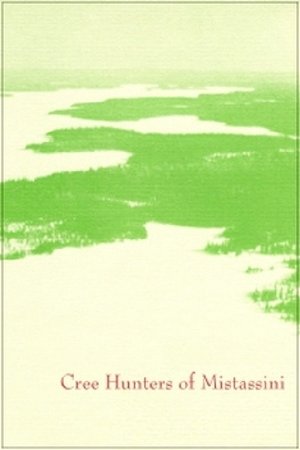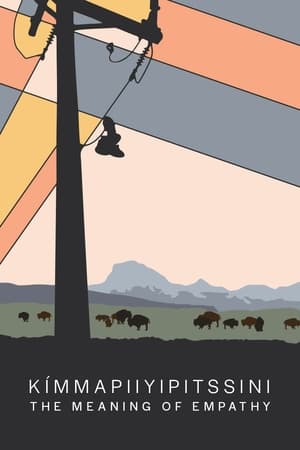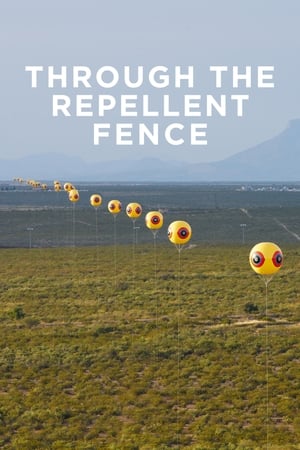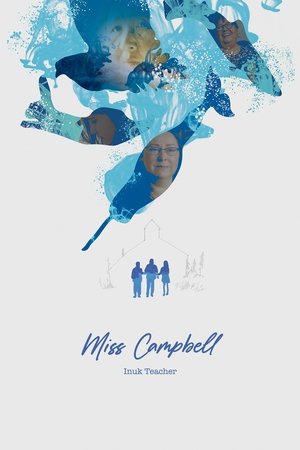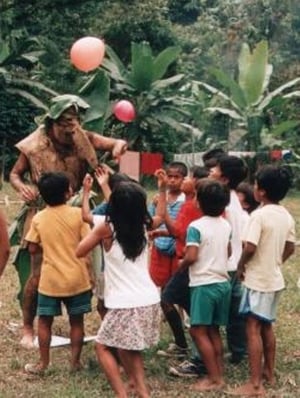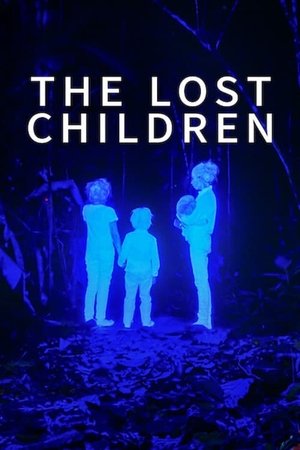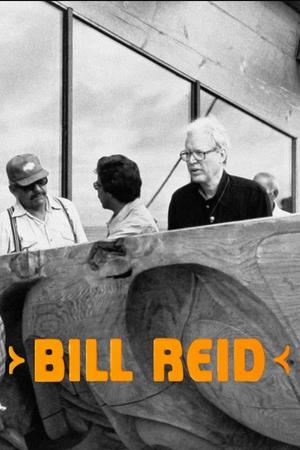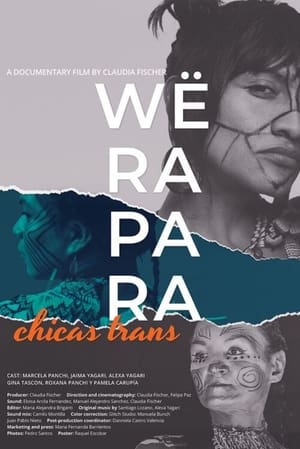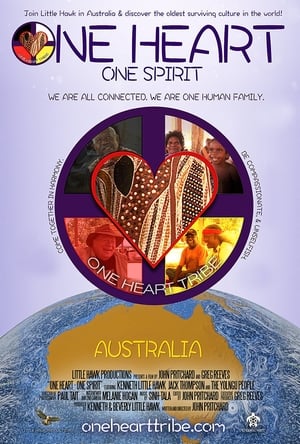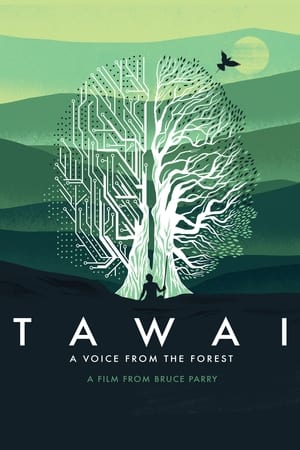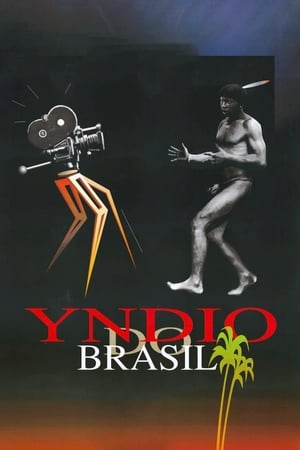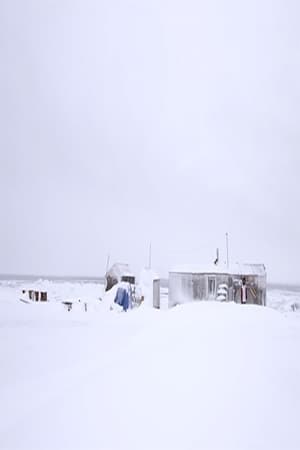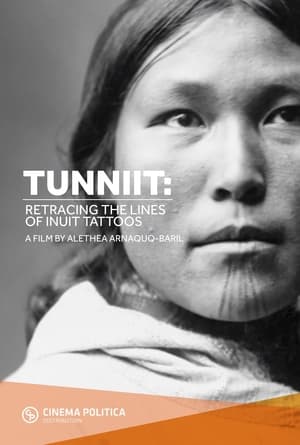Overview
A mountainous expanse of the Solomon Islands, known as Sky Aelans, hides in the clouds. Here, there is a chorus of animals, every tree has a story and every drop of water carries a memory. But despite a 2018 pledge to protect mountain regions above 400 meters, this land is being threatened and the Indigenous communities who live in these mountain forests are the last protectors of these high sacred places. They are not simply seeking to save themselves and the land they love, but the creatures who inhabit this pristine island in the clouds.

 6 min
6 min
 6.5
6.5
 2020
2020
 Solomon Islands
Solomon Islands
